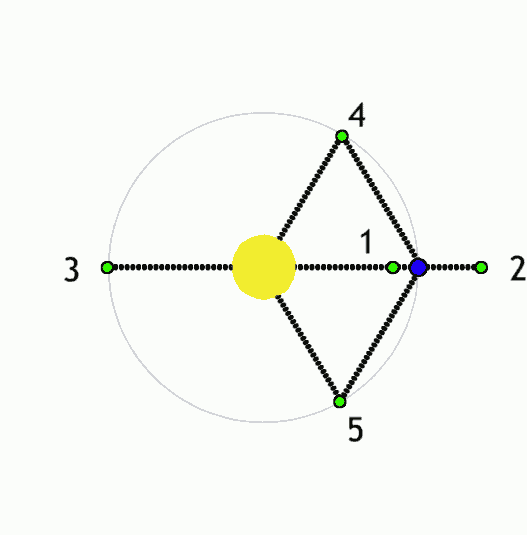
Astronomers are ridiculous and scientists are crazy, so what’s next from the people who brought us the THEORY of gravity and a poorly made film set in New Mexico in 1969?
A couple of these guys are coming out of their crazy closet and saying that the Earth may have once had two moons.
Seriously though, there is a little bit of credit due to this idea. The Earth has always been an anomaly for having just one moon. Jupiter and Saturn have 50+ moons each, even Pluto, which isn’t even a REAL PLANET anymore, has four moons. Also, Earth’s moon is interesting because both sides are so completely different. The side closest to us is covered with widespread plains of volcanic rock called “maria” (Latin for sea, you dummies). The dark side of the moon is covered in craters, with mountains and hills all over the place, the lunar surface on the far side is actually about 1.2 miles higher on average than the close side.
How the moon we see today was formed is a point of contention among these sciencey-types but this theory is based on one of the most widely accepted. Basically, billions of years ago, Earth collided with a massive Mars-sized body. The resulting debris left behind our moon. New computer simulations are suggesting that another chunk of rock was left behind at one of the two strongest “Trojan Points” created by the gravities of Earth and the Moon.

The researchers concluded that this second moon could have been at either point 4 or 5 for tens of millions of years, but eventually would have its orbit destabilized by the moon’s orbit expanding over time. Once this happened, the second, much smaller (about 4% of the mass and 1/3 diameter) moon was drawn closer and closer in to the moon we have now and collided at a low speed (for planets) of about 5000 mph. This is slow enough that the rock on the second moon would not have liquefied but just spread itself across the surface.
At impact the far side of the moon was given lots of craters, hills and interesting geographical features. Also, at the same time, an underground ocean of magma shifted towards the near side of the Moon explaining the concentration of phosphorus, uranium and rare-earth metals. Erik Asphaug, a study coauthor told people to imagine “a ball of Gruyere colliding into a ball of cheddar.”
Others have likened it to getting a pie in the face.
Asphaug and his colleague Martin Jutzi at the University of Bern in Switzerland detailed their findings in the August 4 issue of the journal Nature. Check it out if you’re interested.